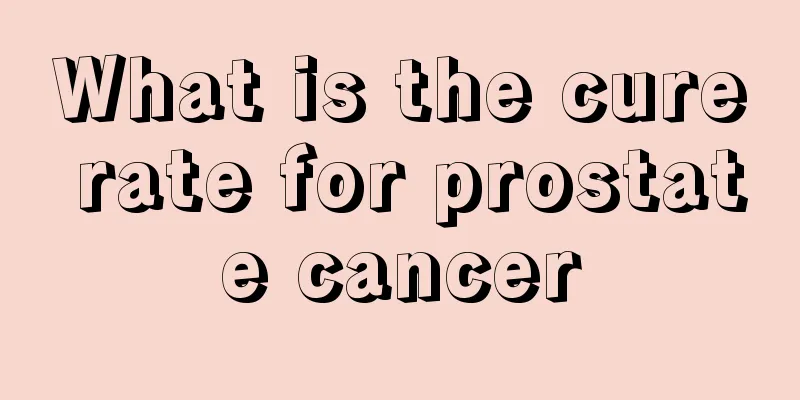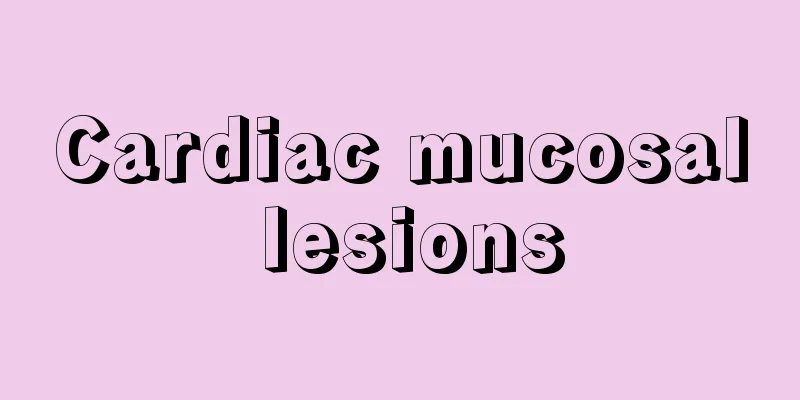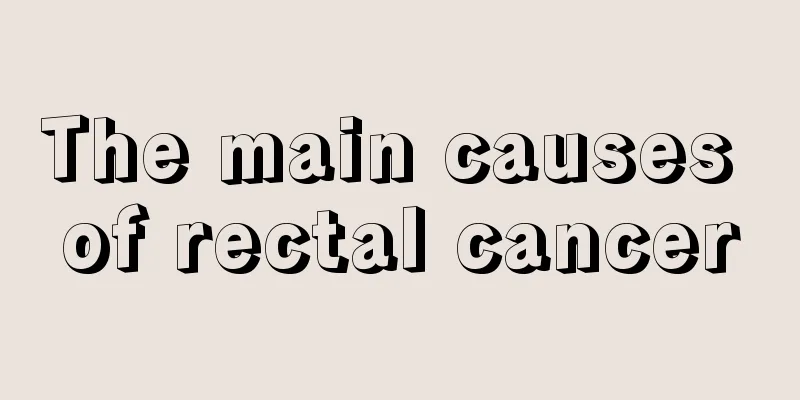Treatment of periodontitis, two steps

|
Periodontitis is a chronic disease, which is mainly caused by lesions of periodontal supporting tissues due to local factors. If not treated in time, it will spread deep into the periodontal membrane, alveolar bone and cementum and cause lesions, so it is particularly important to find a treatment method. 1. Local treatment 1. For local irritants: supragingival scaling or subgingival curettage can be performed, and if necessary, the bite can be adjusted, food impaction can be removed, and poor restorations can be corrected. 2. Treatment of periodontal pockets: When the periodontal pockets are overflowing with pus, they can be rinsed with 1% to 3% hydrogen peroxide solution, and a 10% iodine mixture or a drug film such as spiramycin or metronidazole can be placed inside the pockets. After removing local factors, shallow periodontal pockets can be cauterized with iodine phenol solution; deeper periodontal pockets require periodontal surgery to eliminate periodontitis. When the periodontal pocket reaches the root apex and the teeth are obviously loose, extraction may be considered. 3. Fixation of loose teeth: If the teeth are still loose, a temporary or permanent periodontal splint can be used to fix the loose teeth. 4. Treatment of periodontal abscess: When the abscess is localized, incision and drainage can be performed. The periodontal pockets should also be rinsed and coated with medicated film or iodine glycerin. 2. Systemic treatment Enhance the body's resistance and actively treat systemic diseases related to periodontitis. When periodontal abscess occurs, patients with severe systemic reactions should take relevant antibacterial drugs orally. In short, the treatment of periodontitis includes a series of comprehensive treatment measures. In order to consolidate the therapeutic effect and prevent recurrence, oral hygiene education and regular check-ups should be carried out. |
<<: What toothpaste is best for periodontitis? Two steps
>>: What to do if you have toothache and swollen gums? Here are eight tips to help you
Recommend
The hazards of electric heating knee pads
Many people have discomfort in their joints, so w...
How to remove smoke stains from teeth
We often say that smoking is harmful to health. S...
What are the dangers of having colorectal cancer
Colorectal cancer is a type of cancer in the dige...
How to maintain leather clothes
Everyone's wardrobe is filled with a lot of c...
There are four invisible laws of human longevity
1. There are many long-lived people in the family...
What is the difference between anti-inflammatory and anti-inflammatory?
In our daily life, we often hear people talking a...
What's wrong with having hiccups while eating
Hiccups are an experience that many people have h...
Causes of sexual dysfunction in patients with bladder cancer
Many bladder cancer patients have varying degrees...
Why choose laparoscopic radical prostatectomy?
In recent years, the incidence of prostate cancer...
Five benefits of “early to bed and early to rise”
Many people yawn all the time and feel listless d...
Why do women get breast cancer
Breast disease is a common disease among women, w...
Can early liver cancer be cured? Timely treatment can achieve a cure
After the onset of early liver cancer, patients n...
Why does eating onions make you fart
Onion is a food with a particularly strong taste....
What's wrong with a painful lump in my ear
The structure of the human ear is very complex, a...
3 good habits to promote blood circulation in private parts
The temperature inside the vagina is usually abou...









